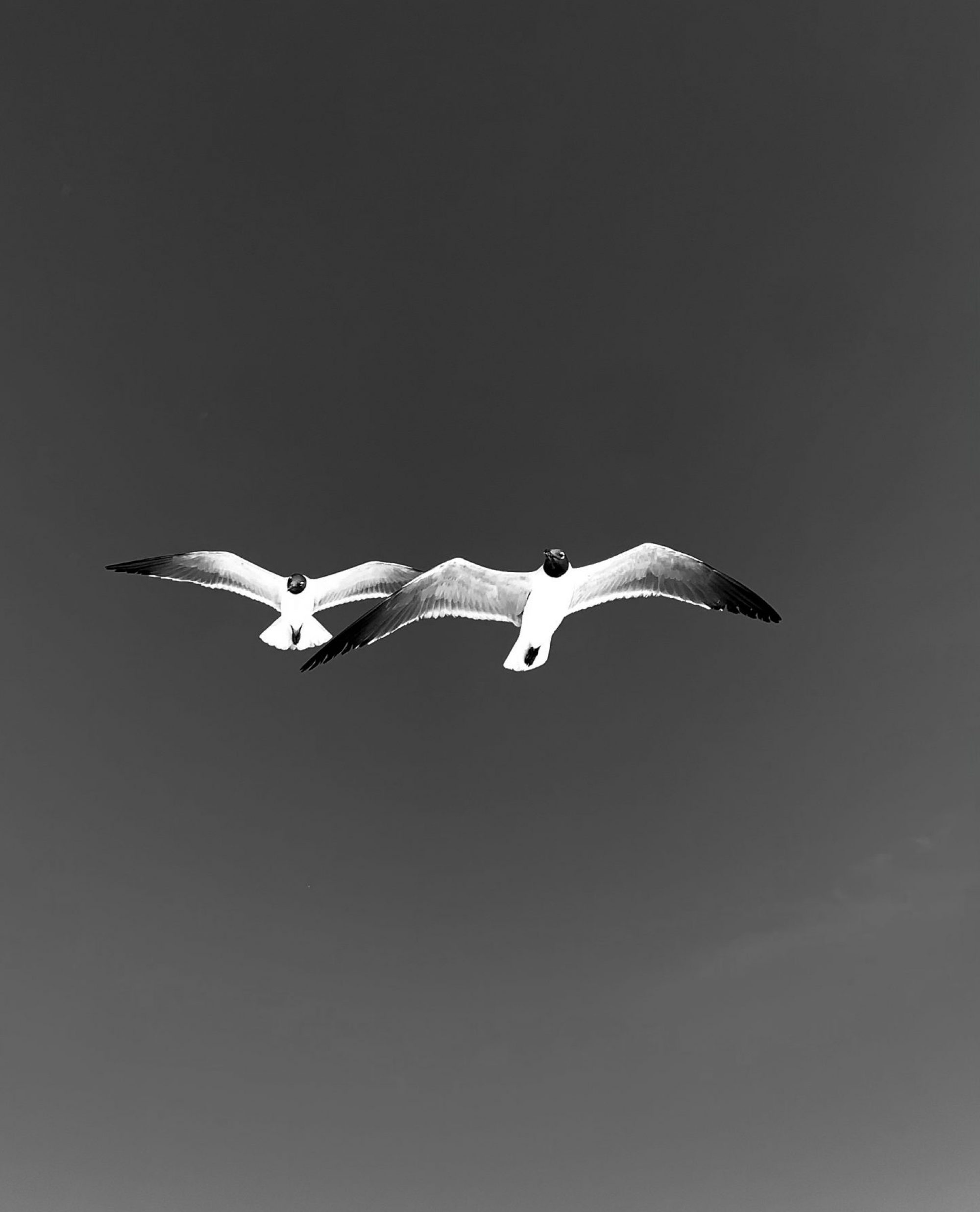Select key points extracted from:
The Tibetan Book of Living and Dying”
By Sogyal Rinpoche
Part 1: Living
using: An Outline to Practices on “Living and Dying”
—Practice of Mindfulness
5. Bringing the Mind Home
5.2 The Heart of Meditation (59-61).
The purpose of meditation is to awaken in us the sky-like nature of mind, and to introduce us to that which we really are, our unchanging pure awareness, which underlies the whole of life and death.
Three things make all the difference between your meditation being merely a way of bringing temporary relaxation, peace, and bliss, or of becoming a powerful cause for your enlightenment and the enlightenment of others.
These three sacred principles are :
- skillful motivation [awareness that all sentient beings fundamentally have buddha nature]
- the attitude of non-grasping that secures the practice
- the dedication that seals it.
5.3. The Practice of Mindfulness (61-62)
The practice of mindfulness accomplishes three things:
- fragmented aspects of self dissolve
- negativity, aggression and turbulent emotions defuse
- revelation of one’s essential Good Heart
5.5. Natural Great Peace (62-63)
Essentially The whole of meditation practice can be summarized into three points:
- bringing the mind home (Calm Abiding)
- release (from grasping)
- relaxing (into true nature of mind)
5.6 The Posture (65-68)
In Dzogchen teachings it is said that your “View and your Posture should be like a mountain”:
- Back straight “like an arrow”
- Sitting with legs crossed
- Eyes open (meditation and gaze like a vast ocean)
- Resting your hands comfortably, covering your knees
This is ”mind in comfort and ease” posture.
5.7. Three Methods of Meditation (68-72)
5.7.1. Watching the Breath
- Breathe naturally
- Breathing out release all grasping
- Rest in the gap that proceeds the in-breath, sustain this restful state into the in-breath
- Let yourself gradually identify with the breath, duality and separation dissolve
5.7.2. Using an Object
Such as an image of Padmasambhava
5.7.3. Reciting a Mantra
Such as:
Om Au Hum Vajra Guru Padme Siddhi Hum
(Om ah hung benza guru péma siddhi hum)
- Recite quietly with deep attention
- Let yourself gradually identify with the breath
- Let the mantra, and your awareness become one
- Rest in the profound silence that follows
—Guru Yoga
9. The Spiritual Path
9.6. Guru Yoga: Merging with the Wisdom Mind of the Master (143-149)
9.6.1. Invocation
- Sit quietly
- Visualize the master
- Relax and fill you heart with the master’s presence
- With deep devotion, merge your mind with the master
- Come to discover and acknowledge that all Buddhas are present
9.6.2. Maturing and Deepening the Blessing
Merge your mind with the master.
9.6.3. Empowerment
Imagine:
- A dazzling light, crystal white, emerging from the forehead of the master and radiating into your forehead and filling your body
- A stream of ruby red light shining from the master’s throat radiating into the energy center at your throat and filling your body
- A stream of shimmering blue light bursting from the heart of the master radiating into the energy center of your heart and filling your body
Know and feel that your are empowered, through the blessing, with the indestructible body speech and mind of Padmasambhava, of all the buddhas.
9.6.4. Resting in the Rigpa
The master and you dissolve into one. Recognize that the sky-like nature of your mind is the master. Mind itself is Padmasambhava; there is no practice or mediation apart from that.
—Training of the Dzogchen Path (View, Meditation, Action)
10. The Innermost Essence
10.1 The View (152-159)
“The View is the comprehension of the naked awareness, within which everything is contained: sensory perception and phenomenal existence, samsara and nirvana. This awareness has two aspects: ’emptiness’ as the absolute, and appearances or perception as the relative.”
10.2 Meditation (159-163)
The essence of meditation practice in Dzogchen is encapsulated by these four points:
- When a thought has ceased and a future thought has not yet risen, in that gap, in between, there is a consciousness of the present moment; a luminous, naked awareness. This is Rigpa.
- This awareness of consciousness doesn’t stay in that state forever, because another thought suddenly arises. This is the self-radiance of that Rigpa.
- If you do not recognize this thought for what it really is, the very instant it arises, then it will turn into just another ordinary thought, as before. This is called the “chain of delusion,” and is the root of samsara.
- If you are able to recognize the true nature of a thought as soon as it arises, and leave it alone without any follow. up, then whatever thoughts that arise automatically dissolve back into the vast expanse of Rigpa and are liberated.
10.3 Action (163-167)
As abiding by the flow of Rigpa becomes a reality it begins to permeate the practitioners everyday life and actions, and breeds a deep stability of confidence.


One Reply to “Praxis on Living”